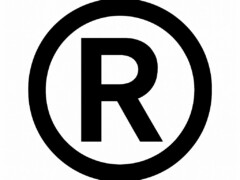by Jack Hornickel
The FDA recently issued a final rule prohibiting the use of certain nutrient content claims regarding omega-3 fatty acids. After a lengthy review of proposed claims submitted by three companies, FDA refused to permit claims such as “good source of,” “high in,” and “fortified with” docosahexaenoic acid (DHA) and eicosapentaenoic acid (EPA), while allowing certain claims regarding alpha-linolenic acid (ALA) content. The rule becomes effective January 1, 2016.
The reason for FDA’s decision is quite logical. Under the Food, Drug, and Cosmetic Act, food producers can request official permission to use nutrient content claims, accompanied by supporting research from the National Academy of Sciences or some other federal health authority. Among other requirements, the request must prove that the nutrient content claim accurately represents the scientific research. Because phrases such as “good source of,” “high in,” and “fortified with” clearly imply a better-than-average nutrient content, the scientific research must identify a daily reference value of the nutrient — in other words, how much of the nutrient we should have in our diets.
After reviewing the provided scientific research from the Food and Nutrition Board of the Institute of Medicine at the National Academy of Sciences, FDA was not convinced. The scientific authority, FDA decided, did not accurately identify a baseline nutrient level to which the claims referred. Thus, without an adequate scientific basis, the nutrient content claims do not convey meaningful information; rather, they mislead consumers.
Omega-3 fatty acids are found in a number of food products and ingredients: soy, walnuts, canola oil, flaxseed, hempseed, chia seed, liver, fish, eggs, algae, and seaweed. Omega-3s are widely believed to reduce inflammation, and risk of heart disease and cancer. Thus, while the new FDA rule seeks to protect consumers from the proverbial snake oil salesman, it leaves consumers to refer to sites such as veganhealth.org and DHAbaby.com for tips on what foods are a “good source of” omega-3s. Food manufacturers may continue to make accurate labeling claims identifying the omega-3 content of their products, such as “contains ___ mg of DHA omega-3 fatty acids per serving.”

















